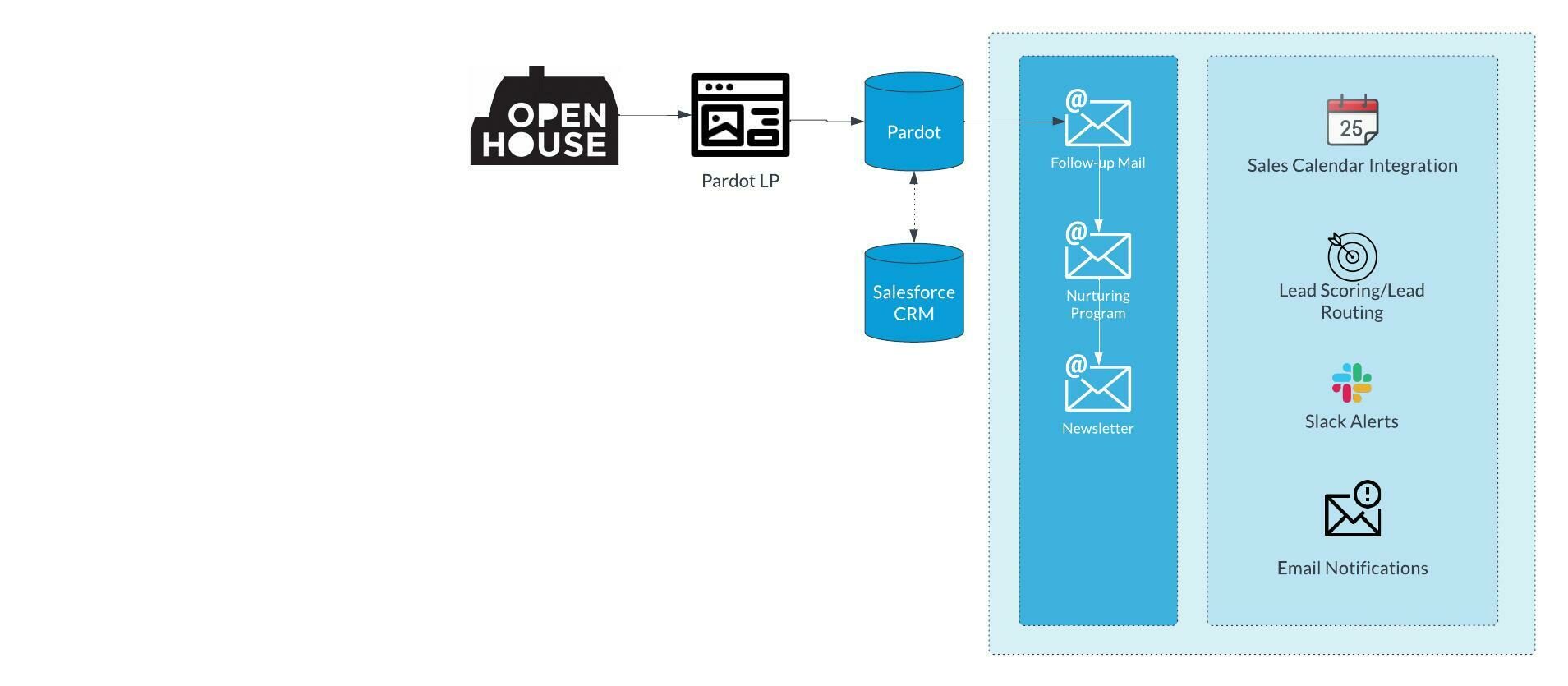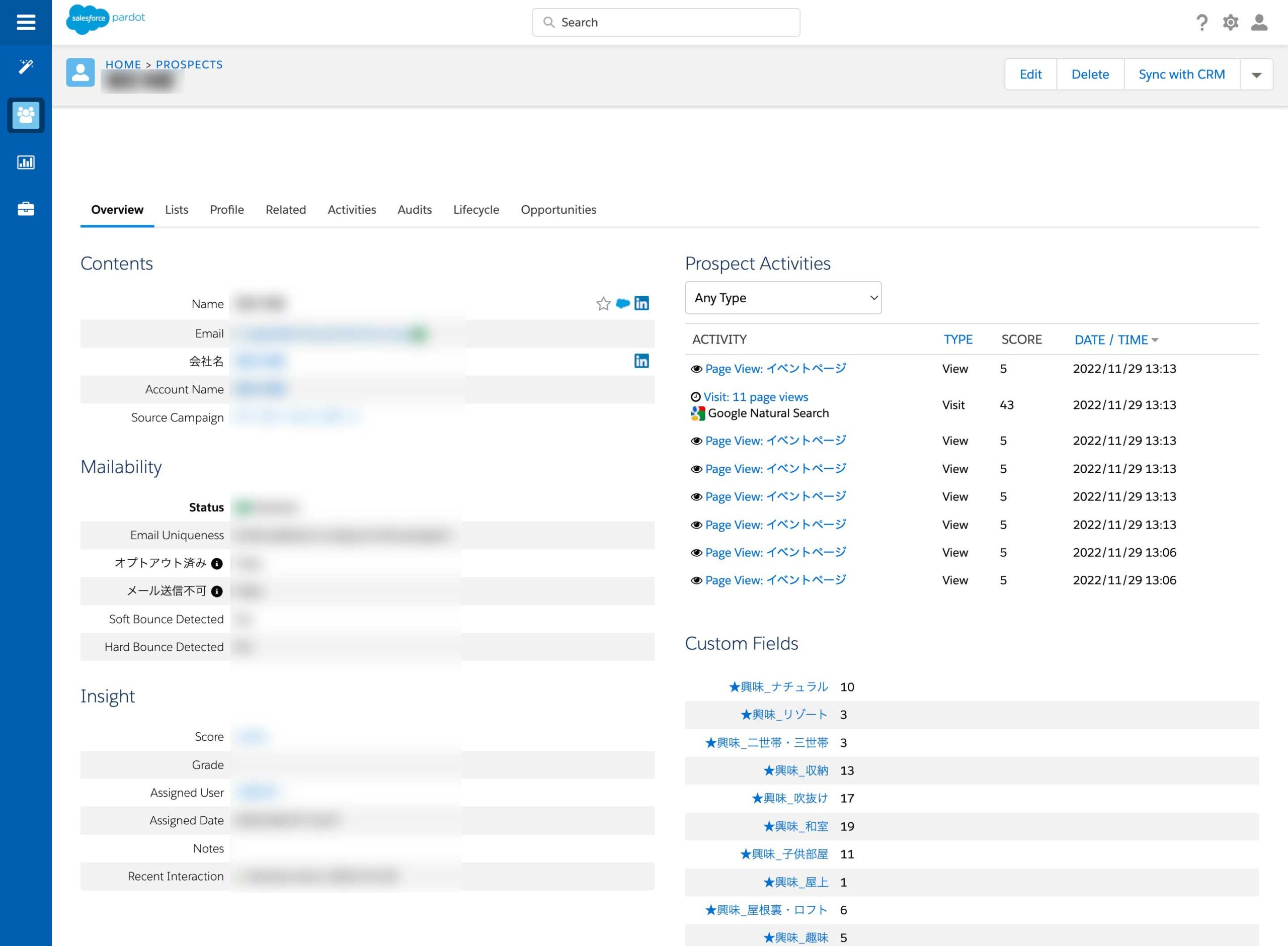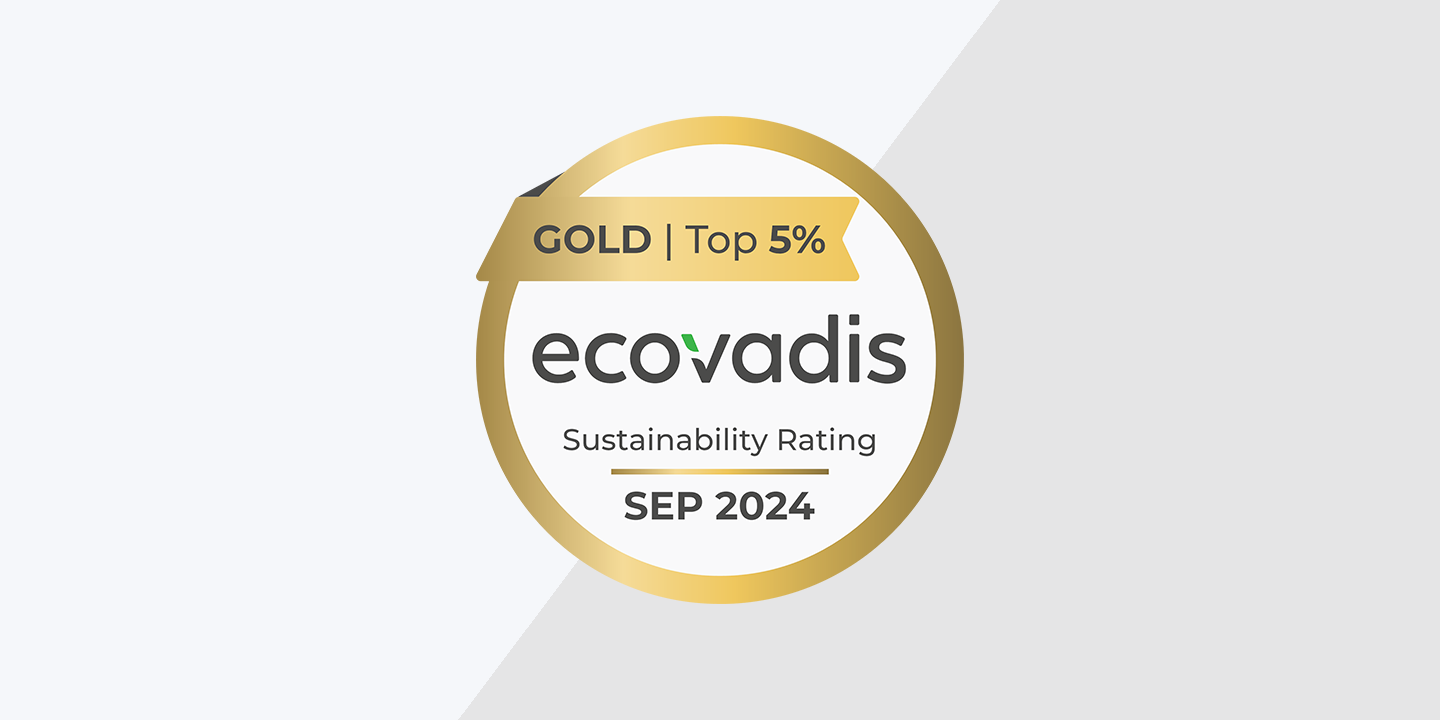For most Japanese Residential Real Estate companies, the reality of the highly competitive market, long sales cycles and complexities of the industry means their operational processes resemble a traditional B2B company (despite being consumer facing businesses). It’s because of this that we have been able to utilize B2B Marketing Automation along with Ad-Tech and Mar-tech to successfully automate and manage Customer Acquisition Programs, Nurture Programs and ultimately improve overall Sale Closure Rates.
For real estate agents, Marketing Automation can automate repetitive but necessary tasks to free them up to deal with hot prospects, while letting the marketing automation system nurture the rest of the database.
For real estate marketers, Marketing Automation can replace generic newsletters with hyper-personalized content that is automated but tailored to the prospective home buyer’s stage in the buying cycle, and specific interests. In addition, a well-built marketing attribution system can identify what marketing campaigns generate the highest ROI.
And finally and perhaps most importantly, marketing automation can allow real estate customers to engage with a brand on their own terms and only receive content that is relevant to their interests. No more sales follow-ups, no more generic newsletters. And once they are ready to talk to someone, they can schedule a meeting with a single click.
SFMC Account Engagement (Pardot) for real estate
As a Salesforce Consulting partner and with deep expertise in the Marketing Cloud Account Engagement (Pardot) ecosystem, today we will introduce you to eight best practice use cases of Pardot, as it relates to the real estate industry. While anonymized, the use cases below come from real clients who currently use Pardot to sell more houses here in Japan!
Automate Sales Nurturing campaigns
Use Case
A small, regional division of a large Nation-wide real estate franchise, wanted to empower its sales teams with Pardot to help cut down on time-consuming nurturing processes. With a marketing team pumping out new blog content weekly and an active user database, the sales manager was hoping to leverage Marketing automation to create 6 months of weekly no-touch automated drip emails for lower funnel prospects. And to free up their valuable time to focus on direct customer contact.
Solution
- Built a custom lead scoring model with three scoring thresholds: Hot (score 100+), Medium (score 50+) and cold (Less than 50 points)
- 3 email nurturing programs were created, each one utilizing blog content that fit best with each scoring threshold. Each email was made to look like it was sent from the prospect’s assigned sales rep, and enough emails were designed for weekly emails to run for a 6 month period, with no manual work
- As leads scores increased, they jumped from lower threshold to higher threshold drip campaigns
- When prospects interacted with emails, such as clicking or replying, the assigned sales rep was alerted to follow up
Automate lead capture at open houses and events
Use Case
A local house design and construction company had three Model Houses that were essential for generating quality new opportunities. To capture names, prospective customers were given 2 page paper surveys at these open houses, which were then digitized via a manual entry system into a database, and assigned to Sales reps for manual follow-up. The marketing team wanted to streamline the process with Marketing Automation.
Solution
- Created Pardot landing pages with Kiosk-mode forms to mimic the look and feel of the website, but which could easily be replicated and repurposed by the marketing team for future events, without requiring any code
- Use the landing page forms and iPads at model house showings to more quickly capture lead information and free up administrative task requirements
- As prospects entered their information, they were assigned to the right sales rep and enrolled in email nurturing programs and newsletters
Automate appointment scheduling
Use Case
A real estate company relied on a Wordpress form with date and time fields, for capturing appointments. When a submission came through, admin staff would find a sales rep with availability, route the lead to them and then ask them to coordinate follow-ups. The process was manual and time consuming for both sides and needed to be automated. It also created frustration as there was limited visibility on follow-up actions and lost Customer interest due delays.
Solution
- Replaced website forms with embedded Pardot forms and Calendly integrations, which connected a specific agent’s Outlook calendar in real-time and allowed prospects to book a meeting with them at a time when they were free
- Once a meeting was booked, an event was created in the agent and prospect’s calendars and the prospect was updated in Salesforce, assigned to a sales rep and enrolled in reminder, following and nurturing campaigns
- Because Calendly connects natively to Salesforce, it was also possible to generate reports that gave insight into lead source. For example, if a prospect clicked a Google ad, then booked a meeting at some point, that new lead can be attributed to Google Adwords within Salesforce reporting
Hyper-personalize content with scoring categories
Use Case
A small, boutique house design and construction company specializing in European and American style house design, catered to prospective house buyers with very niche tastes. The agency wanted to discover the specific niche “dream home” features each prospective buyer wanted in a home, and center their marketing communications to those specific interests, for a personalized and more relevant customer experience.
Solution
- “Dream home” features were brainstormed and grouped into high level “scoring categories” and using custom number fields, prospects were scored based off of them. For example, if a prospect viewed a case study about a house built in an American style with a brick finish, that prospect would get +1 points for the “American style” scoring category and +1 points for the “Brick construction” points category
- When a particular scoring category received many points 5 points within a short time period, this would signify high interest in the scoring category and the prospect would be enrolled in a drip program built around those themes. For example, a prospect interested in American houses may receive emails showcasing case studies of American homes that were recently built
- Custom alerts were used to notify sales when their prospects had high engagement and what scoring categories that engagement was for. These results were also grouped into Salesforce reports to help the Marketing team figure out what themes to create more future content around
Alert sales when prospects take an important action
Use Case
A small housing construction company with lots of leads distributed among a few busy agents, wanted to make sure the most engaged leads always get in front of their assigned sales users first.
Solution
Custom fields, page actions and automation rules were created to segment prospects who showed specific types of high engagement activities, and sales were alerted by email as soon as these activities took place. For example, a sales rep may be alerted if:
- Their prospect that has not visited the website in 1 month at all, suddenly viewed the homepage
- Their prospect just visited over 10 case study and blog pages in the last 7 days
- Their prospect has reached a score of 50 or higher
- Their very hot opportunity is currently browsing the website
- Their previously lost opportunity visited the website for the first time in a while
Segmentation, dynamic content and responsive design for OB vs. non-OB customers
Use Case
A regional real estate customer in central Japan relied on OB customers (previous customers) for generating new leads for them, via word of mouth.They wanted to easily nurture prospective buyers with case studies, while staying top of mind with OB customers, with special offers.
Solution
- Segmented OB vs. non-OB customers in Salesforce and Pardot via dynamic lists, which automatically refresh every 10 minutes
- Created a mobile-friendly, responsive email template that matched brand guidelines, and could be leveraged for newsletters easily by no-code marketing teams
- Utilized dynamic content for newsletter content to automatically changed, based on if the prospect is an OB customer vs. non-OB prospect. Marketers were able to send a single email, but with the content within it changing based on prospect data
Identify High Performing Campaign ROI, with a custom marketing attribution model
Use Case
A medium-sized real estate client ran many search and banner ads on Google Adwords, Yahoo Search, Facebook and instagram. While they had the visitor and conversion data in Google Analytics, they wanted a way to understand the revenue and ROI generated by such paid marketing campaigns.
Solution
- Created a custom Pardot attribution model using Pardot’s Google Analytics connector, as well as hidden fields on forms, to pull in UTM parameter data
- Leveraged custom fields, Campaigns, Engagement Studio and Salesforce dashboards to easily pull in and spit out first-touch marketing attribution data, to allow marketing to understand what online and offline activities generated the most revenue each quarter
Empower regional teams with their own marketing machine, using Pardot Business Units
Use Case
A large holding group consisted of many child companies, each of which was its own separate house design and construction brand. While each brand focused on a niche, all operated in the same areas and therefore competed with each other.
It was common for the same prospect to sign up with multiple child companies, in which case it was required for each child company to be able to market and sell to the prospect via their own unique approach. Each child company essentially needed its own Marketing Automation platform, but all data needed to roll up into a single, centralized Salesforce CRM instance.
Solution
- Purchased Pardot Advanced Edition with business units and set up business units for each child company, essentially giving them their own instance of Pardot to customize, which all rolled up into a single centralized Salesforce instance
For example, if Suzuki Taro san filled out a form on Brand A’s website and then also did the same on Brand B’s website, two unique prospects would be created:
- Suzuki Taro would be created within the Brand A Pardot and Brand A’s newsletters and nurturing programs would be activated. In Salesforce, tehy would be assigned to a Brand A sales agent, who would only see Suzuki san’s activities as they relate to Brand A
- Suzuki Taro would also be created as a totally separate prospect within Brand B’s Pardot, also being enrolled in that brand’s newsletters and nurturing programs. In Salesforce, they would be created as a duplicate lead and assigned to someone from the Brand B sales team
- While sales team permissions would only allow them to see one version of the same prospect, management would be able to see all prospect and report on leads and opportunities, on a global basis that encompasses all child brands
To get in touch with our team of experts, please drop us a line in the form.
Written by Alon Margovskiy, Head of Marketing Automation, Superdrive.
Superdrive is an official Salesforce Partner with Salesforce Certified Marketing Cloud Specialists and Consultants.



